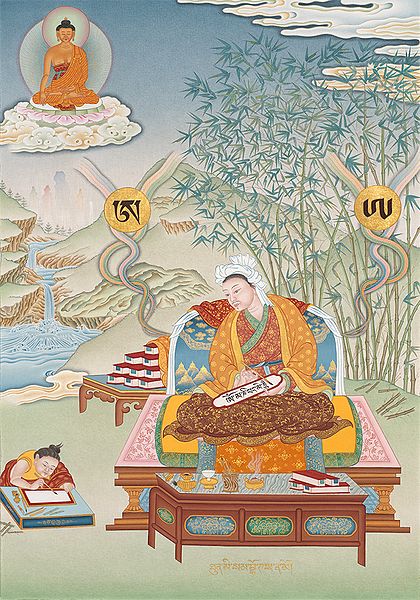Thönmi Sambhota, as one of the most capable ministers of the Tibetan ruler in the 7th century, was sent to India to develop an alphabet suitable for the Tibetan language. Until then, Tibetan existed only as a spoken language. However, it was necessary to translate the Buddhist texts into Tibetan and to translate the phonetic sounds of the Tibetan language into a written form, as it had happened in neighboring countries. Thonmi derived the new script from a scheme that resembled Sanskrit script used in India. The adoption of a particular written form is an act of cultural weight with far-reaching consequences that go beyond the technical aspect of written communication. The creation of a scripture based on Sanskrit means that Tibet joined the cultural world of India more than a thousand years ago. Today, however, this unique culture is threatened. The Tibetan identity is disappearing in China. To create a harmonious, uniform and therefore easy-to-control society, the Chinese government seeks to eliminate all cultural differences between ethnic groups. Therefore, the traditional way of life, values, religion and language disappears.
The Thonmi Society is also committed to linking cultural worlds and improving communication between groups with different backgrounds in Europe and Asia.

